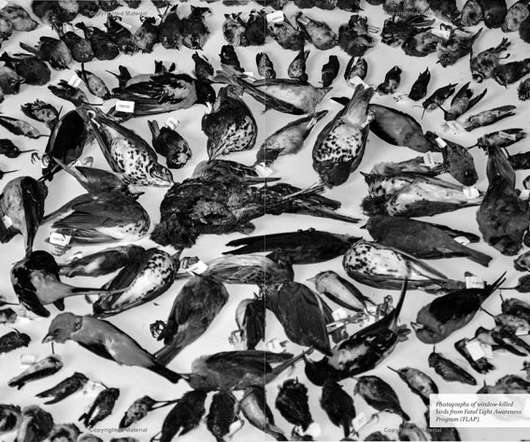Feral Cats in American Cities
10,000 Birds
SEPTEMBER 17, 2013
The other day, Minneapolis, Minnesota passed a feral cat ordinance. So I put together a “carnival” (of sorts) of Feral Cat Ordinances and Issues that samples current events across the US. From the Star Tribune : Feral cats win a round at Minneapolis City Hall. What would success look like?












Let's personalize your content